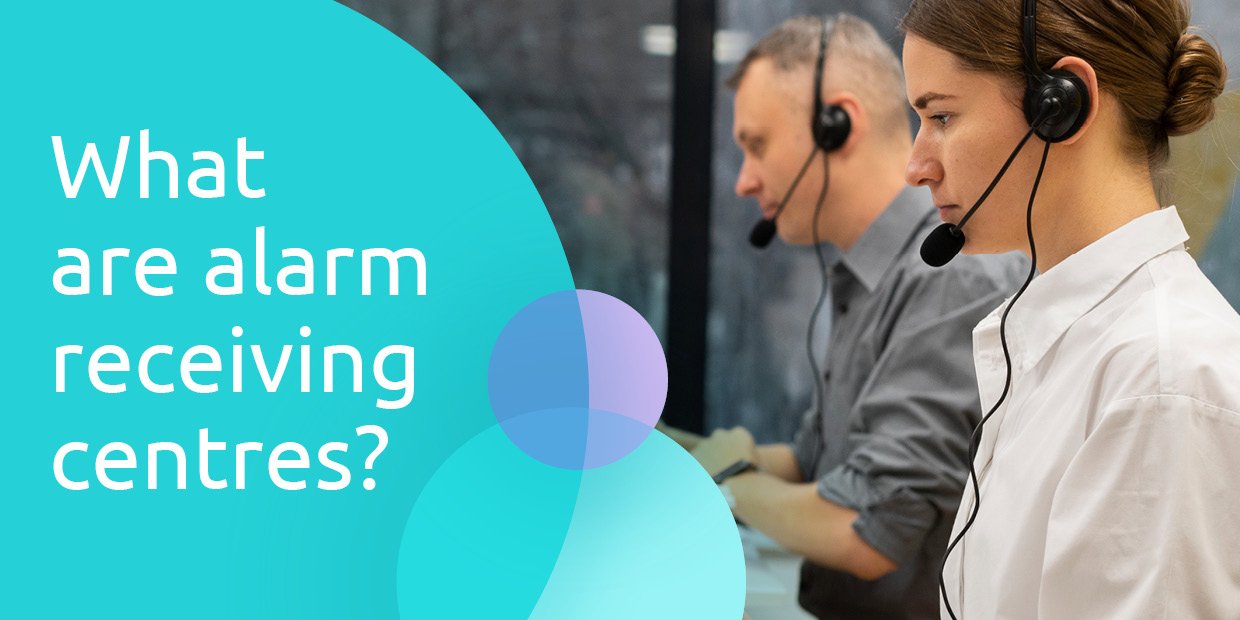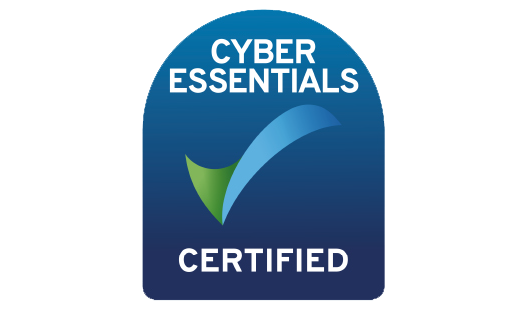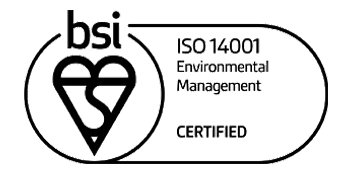What are alarm receiving centres?
An alarm receiving centre (ARC for short) is a facility that receives and processes alarms. These alarms may be triggered due to a system detecting intruders, fires, injury, or some other risk to health or property.
These centres are staffed 24/7, so businesses and homeowners can rest assured that their most valuable assets are looked after, day or night.
For example, if your home or business owns a “burglar alarm”, it is probably connected to an alarm receiving centre. In this case, automatic sensors and CCTV cameras can detect movement and will sound an alarm –which is then picked up and handled by trained professionals from their alarm receiving centre.
What services use alarm receiving centres?
There are several services that make use of alarm receiving centres, including:
Intruder alarms (or “burglar alarms”) using CCTV or movement detection.
Fire alarms –these may be manually triggered, or automatically through smoke detection.
Personal safety devices –these may detect someone taking a fall or may be manually tapped to call for help.
Lone worker solutions – lone worker solutions may include physical devices or apps that can manually or automatically trigger an alarm if a worker is under threat.
In all cases, the triggering of an alarm will send an alert to a central hub (the alarm receiving centre) where a team will process it.
Not all alarms work like this, of course. Some intruder or fire alarms, for instance, will just sound a loud alert to notify people nearby. Some personal or lone worker safety devices may not connect to a central ARC but will, instead, notify the user’s friends or colleagues.
What happens when an ARC receives an alarm?
When an alarm is triggered, there are a number of actions that an alarm receiving centre will take. All ARCs are different, of course, but they tend to react in a similar way:
When an alarm is triggered, the operatives of an ARC will be notified via their computer and/or phone.
An ARC operative will examine the data they have been sent. What an operative will be able to see depends on the type of alarm, as well as the type of system. For instance, an intruder alarm may be connected to a CCTV system. A lone worker system, however, may send the worker’s live location and what they’ve been working on.
Usually, the operative will try and contact the client to try and determine if the alarm is genuine and whether the client is okay. In the case of a genuine alarm, the operative will usually give support over the phone and notify the relevant responders.
If the operator cannot get through to the initial contact, there are several steps they can take. This may be simply contacting the user’s trusted contacts or keyholders, looking at CCTV, or listening to audio.
If the ARC cannot get a response or they believe there is a genuine cause for concern, they may send their own responders or keyholders, or notify the emergency services. Again, the type of response really depends on the service, the type of alarm, and the nature of the incident.
What happens if an ARC thinks there is a real emergency?
If an alarm receiving centre thinks that an alarm is “genuine”, there are a couple of ways they can respond.
Professional keyholders
Some security companies will provide a keyholding service where, in the case of a genuine alarm, they may send out a response team who can enter the premises and assess the situation.
This service tends to be used for domestic or commercial intruder and fire alarms. A responder (often a security guard), will have previously been given keys or other means of entrance (door codes, fobs, etc.)
Personal keyholders
Instead of enlisting a professional, a business or home may use a private keyholder. This means, in essence, that a spare set of keys are given to a friend or employee. When an alarm is triggered, the ARC will contact the personal keyholder who can investigate the situation.
Understandably, many laypeople may be reticent to visit a home or business that has potentially been broken into. Moreover, businesses may face legal ramifications if an employee is hurt while acting as a keyholder. This is why many people opt to use a professional keyholder.
Emergency services
If an ARC feels that there is a genuine emergency (because they have had confirmation from the client, or they have seen proof through CCTV or audio logs), they may contact the emergency services. The ARC can then pass on any relevant safety information they have access to.
Will an Alarm Receiving Centre always contact the emergency services?
Many people think that an alarm receiving centre will call the emergency services for any alarm. Some clients want this level of protection, while others worry about wasting the responder’s time.
The truth is that alarm receiving centres will only notify the emergency services if there is a good reason to. In part, this is because ARCs use Unique Reference Numbers (or URNs).
What are URNs?
Unique Reference Numbers are given out to organisations that meet National Police Chiefs Council (NPCC) guidelines.
When the police get a request through a URN, they know that it comes from a trusted, accredited security organisation, and so will act more quickly. This is one of the benefits of using an ARC –they can often get a faster response from the emergency services than if you were to call yourself.
If a security company repeatedly calls out the emergency services for a false alarm, however, the NPCC can revoke that company’s URN –leaving them unable to provide this service.
So that they can continue to provide a valuable service, ARCs will only call the emergency services in the face of a legitimate emergency.
What accreditations do ARCs need?
It should be noted that ARCs are not just “call centres”. Professional alarm receiving centres and their staff need to meet rigorous standards. Not all ARCs are the same, but here are some major points of accreditation that you should look out for:
BS EN 50518 –This European standard sets out the minimum requirements a centre must meet. These requirements ensure alarm and warning systems generate a timely response in an emergency.
Category 1 & Category 2 ARC –These standards are part of the BS EN 50518 accreditation above. A category 1 ARC will be “designed, constructed, and operated to a higher standard with respect to construction, security, and integrity than a category 2 ARC”.
BS 8484 – This accreditation is important for ARCs that provide support for lone workers. BS 8484 is the overarching standard for lone worker protection systems and has strict requirements for any associated ARCS.
Security association recognition – There are a number of trade bodies that recognise quality in this field: the Security Systems and Alarms Inspection Board (SSAIB); the National Security Inspectorate (NSI), The Private Security Authority, and the BAFE fire safety register. Meanwhile, the SIA licenses CCTV operatives.
Cyber Essentials (Plus) – While not specific to ARCs, Cyber Essentials is a UK Government backed set of best practices that protect businesses from cyber-attacks. Cyber Essentials Plus means that the business has gone through a “hands-on” verification process, rather than being self-verified. As ARCs use a lot of sensitive data, it’s a good standard for them to meet.
Safepoint’s Alarm Receiving Centre
Safepoint is an award-winning lone worker solution that focuses on quality. We only accept the best when it comes to our clients –from our apps and wearable devices, to our customer service and focus on innovation.
That’s why we have an exclusive partnership with ADT to power our Alarm Receiving Centre.
ADT have been providing security services for homes and businesses for 150 years, they work with 75,000 UK businesses, and are rated “Excellent” by 20,000 Trustpilot users.
Fully accredited, NSI Gold standard Alarm Receiving Centre
Our lone working monitoring service is handled entirely by an expert team in ADT’s purpose built, BS EN 50518 designed Category 1 alarm receiving center.
As well as being approved by the National Security Inspectorate, the British Security Industry Association and the Private Security Authority, ADT’s alarm receiving centre is accredited to BS 8484, ISO 9001 and ISO 14001.
If you are looking to protect lone workers, or staff in high-risk roles, check out our lone worker monitoring service.













